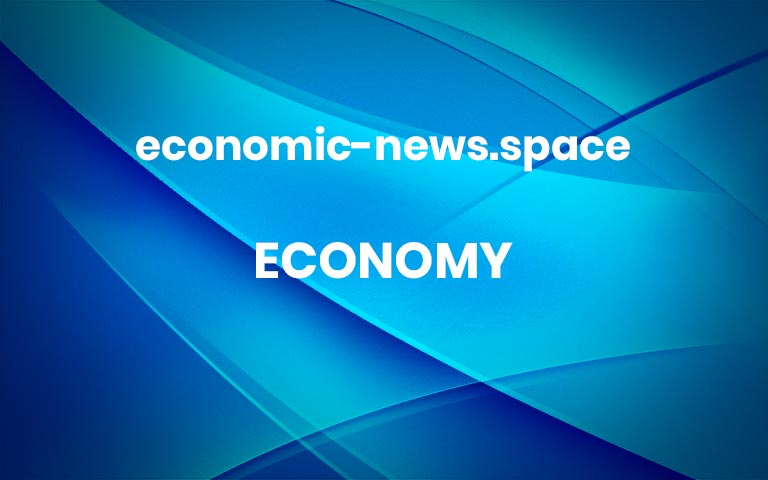Bessent believes there won’t be a recession in 2026 but says some sectors are challenged

Treasury Secretary Scott Bessent said the U.S. was not at risk of entering a recession in 2026 and that Americans would soon benefit from President Donald Trump’s policies.
Bessent acknowledged there were parts of the economy showing signs of struggle, including housing and interest-rate-sensitive sectors.
Scott Bessent, US treasury secretary, arrives to speak during a site expansion groundbreaking ceremony at the Boeing South Carolina (BSC) manufacturing facility in North Charleston, South Carolina, US, on Friday, Nov. 7, 2025.
Sean Rayford | Bloomberg | Getty Images
Treasury Secretary Scott Bessent said on Sunday the U.S. was not at risk of entering a recession in 2026 and claimed Americans would soon benefit from the Trump administration’s economic policies on trade and taxes.
“I am very, very optimistic on 2026,” Bessent said in an interview on NBC News’ “Meet the Press.” “We have set the table for a very strong, noninflationary growth economy.”
Parts of the GOP’s massive spending package — the One Big, Beautiful Bill Act — are still going into effect and have yet to be felt in the economy, Bessent said. The new law makes permanent Trump’s 2017 tax cuts, along with a senior “bonus” to offset Social Security taxes and a bigger state and local tax deduction. The plan also has tax breaks for tip income, overtime pay and auto loans.
Health-care costs are also expected to become more affordable, Bessent added. The secretary said the Trump administration would have more news on that subject this week.
For now, a congressional deadlock tied to the extension of enhanced subsidies on the Affordable Care Act marketplace is expected to push up health-care costs for millions of people.
Bessent acknowledged that there are parts of the economy showing signs of struggle, including housing and interest-rate-sensitive sectors. He cited the services economy as contributing to inflation, claiming that lower energy prices will soon help to drive down prices.
Kevin Hassett, the director of the White House National Economic Council, also said on Sunday that economic data from the fourth quarter could show weakness because of the government shutdown. The 43-day congressional stalemate in Washington, D.C., was the longest in U.S. history.
Around two-thirds of registered voters say the Trump administration has fallen short on the economy and the cost of living, a recent NBC News poll found.
Americans’ views of the economy largely depend on their income level, according to JPMorgan’s latest Cost of Living Survey.
High-income respondents rated their confidence a 6.2 out of 10 — with 10 being the best — on average, the bank found. More than half of this cohort chose a rating between 7 and 10. In contrast, low-income consumers reported a 4.4 score on average. More

